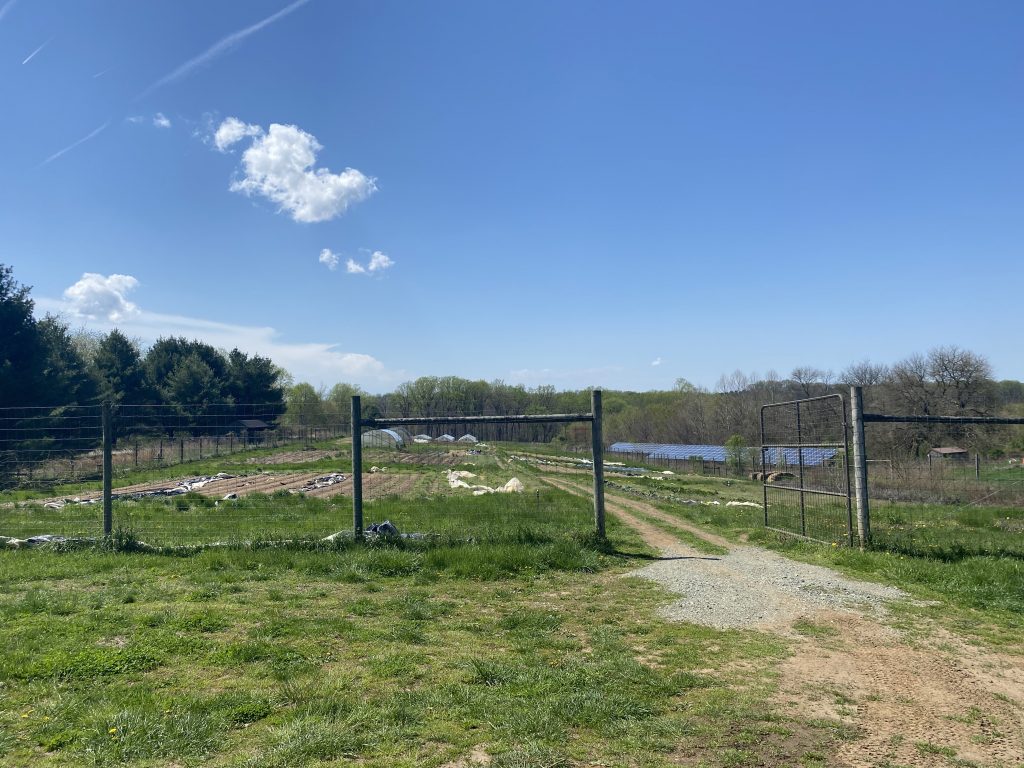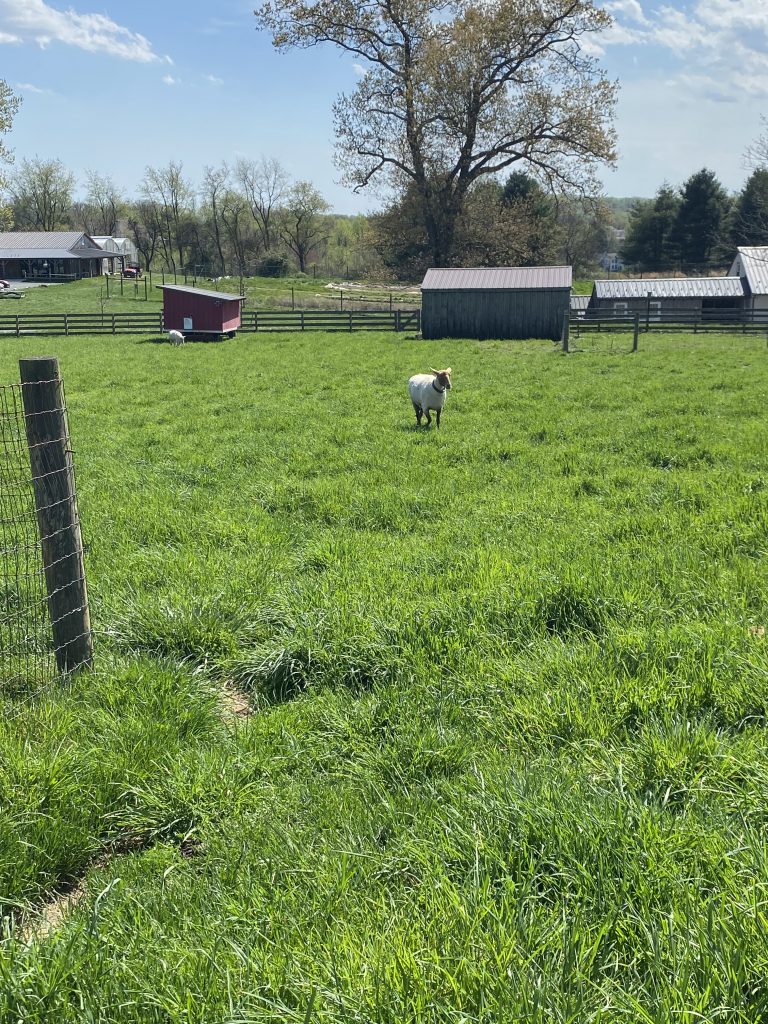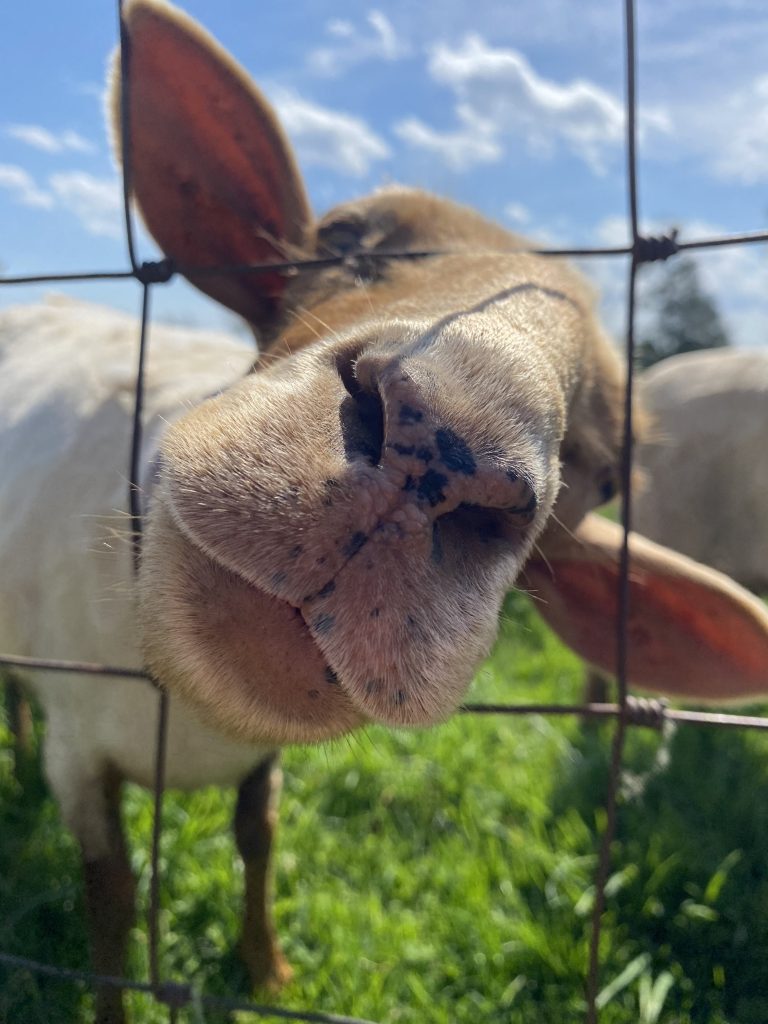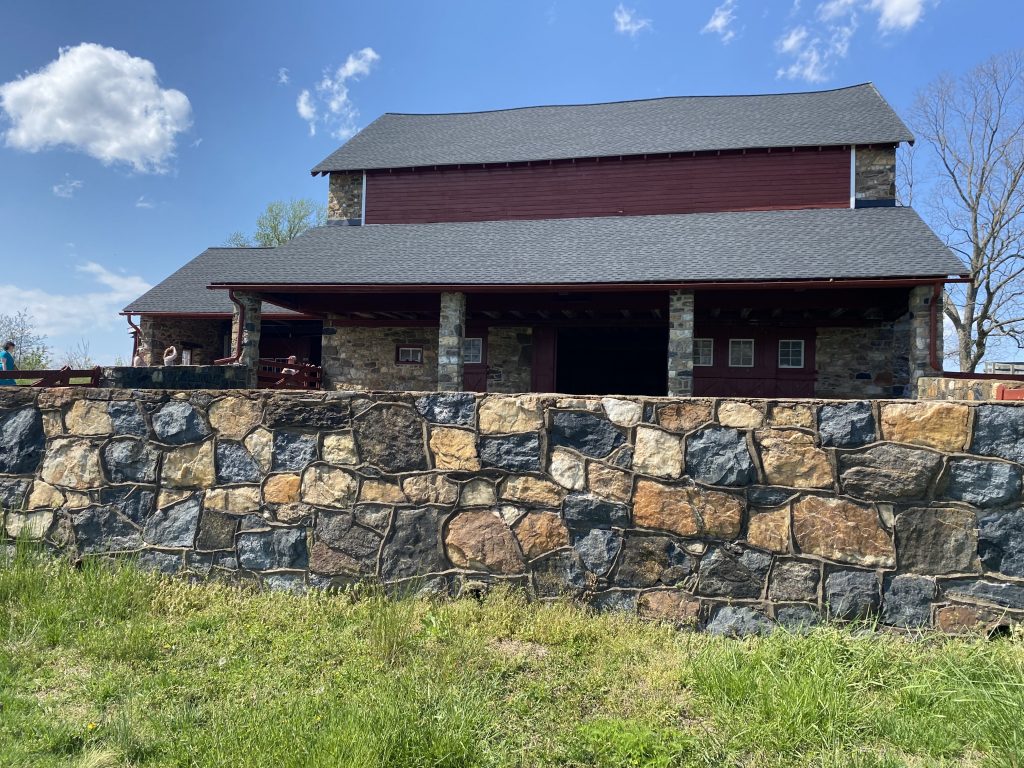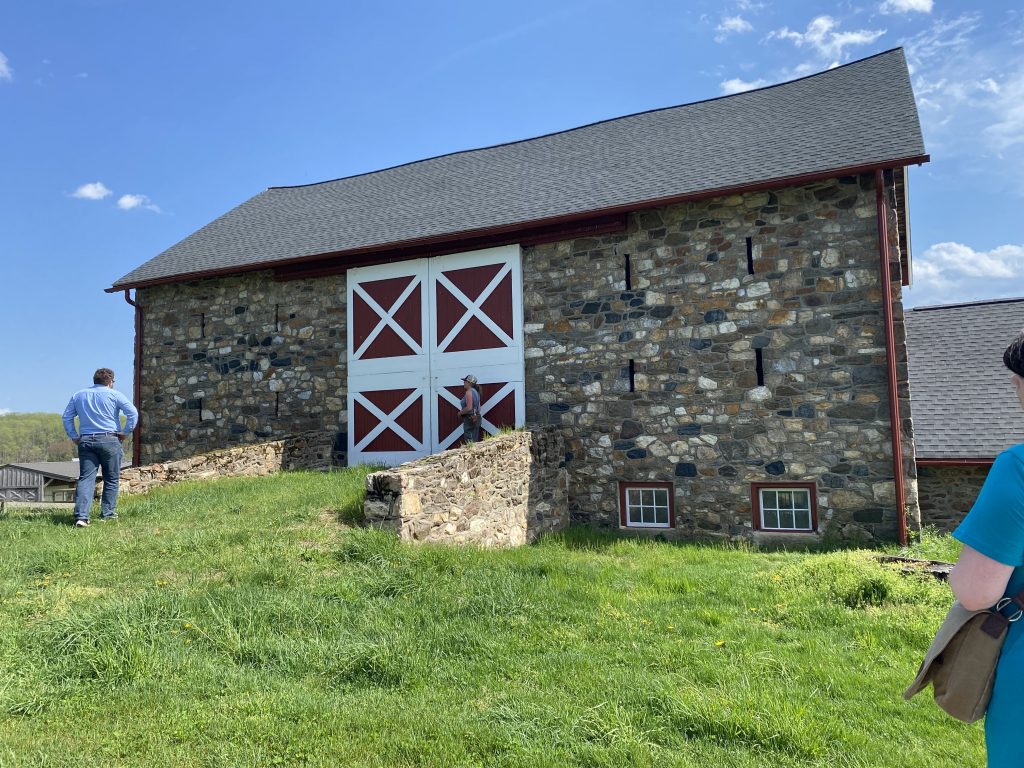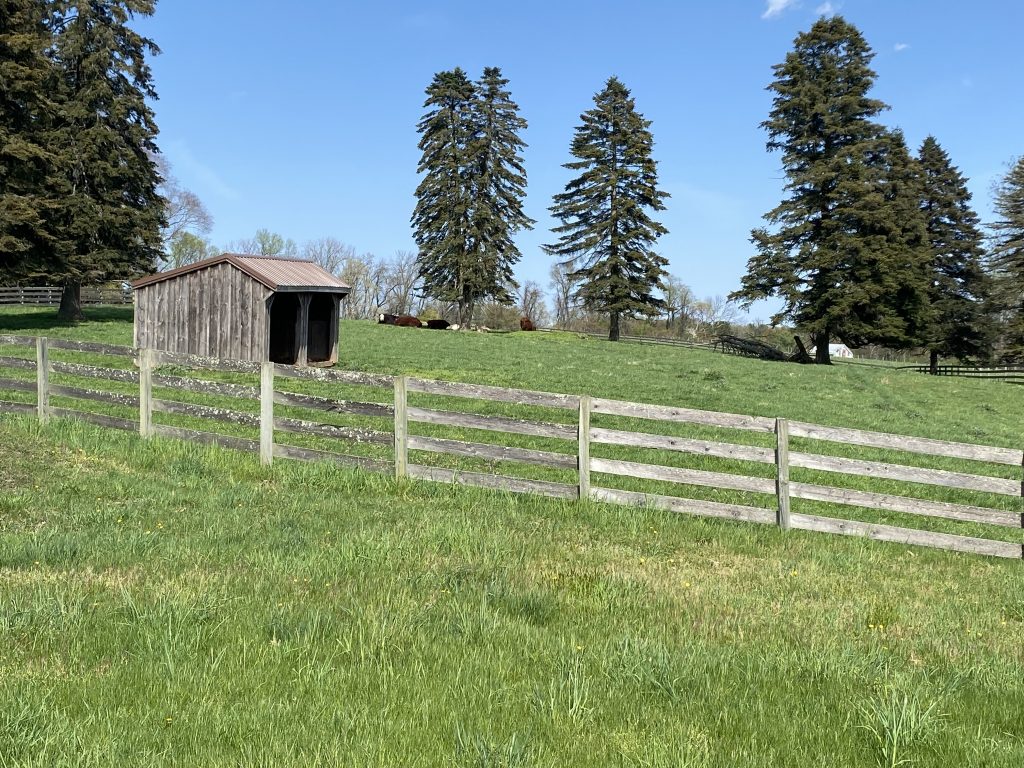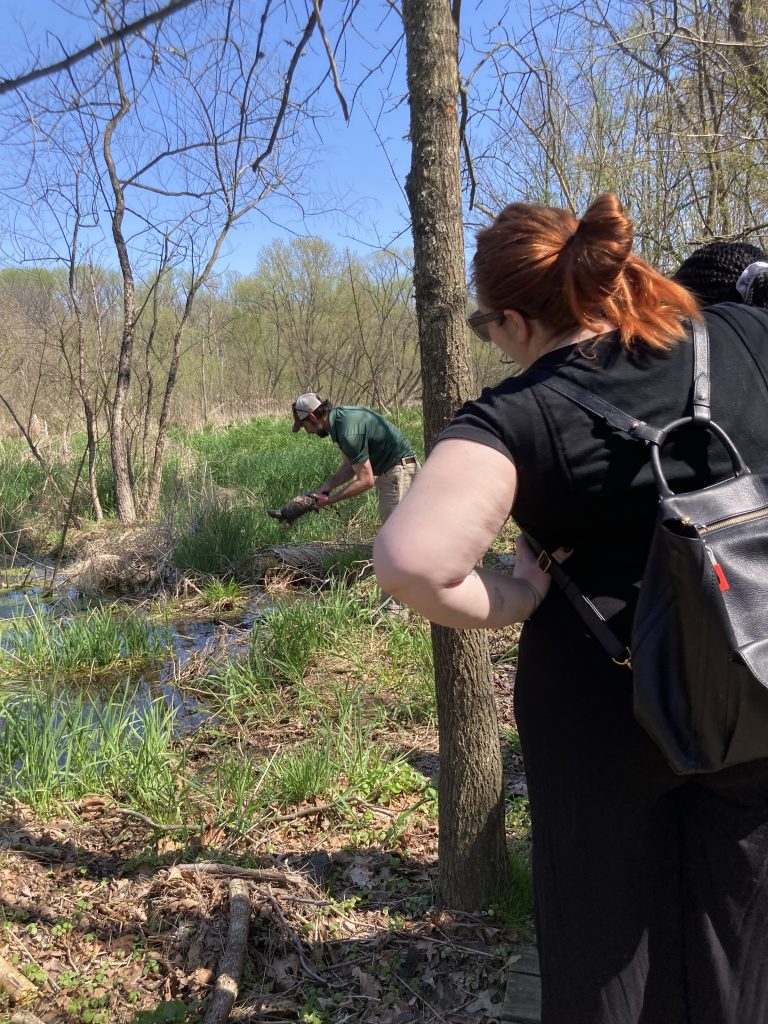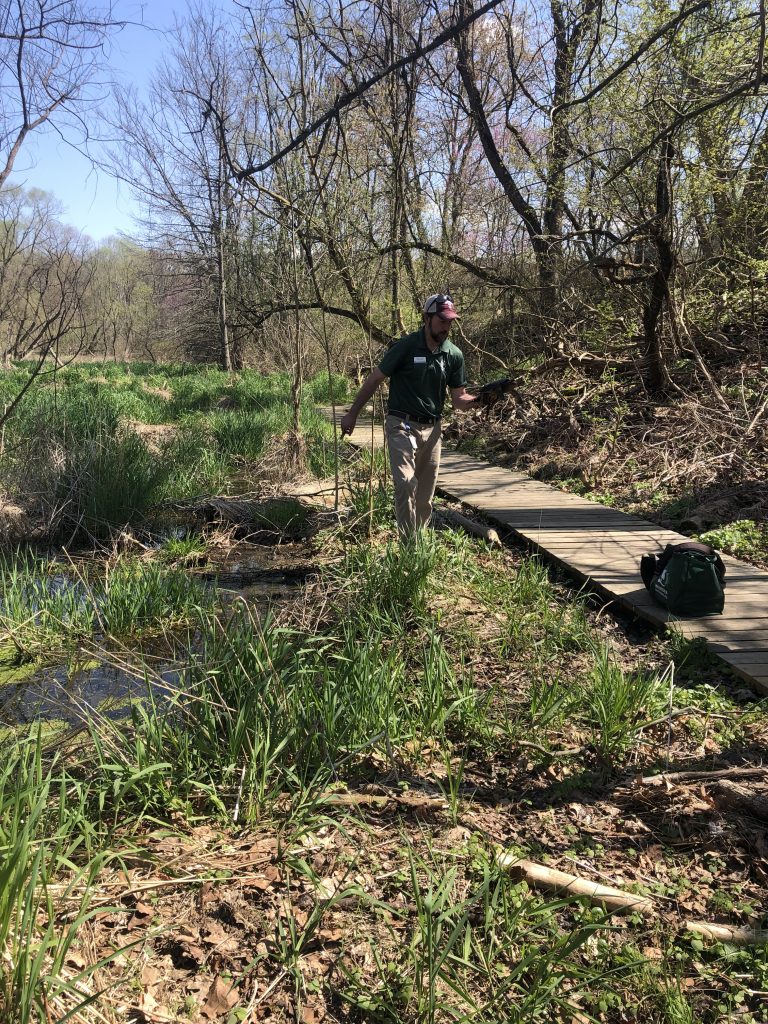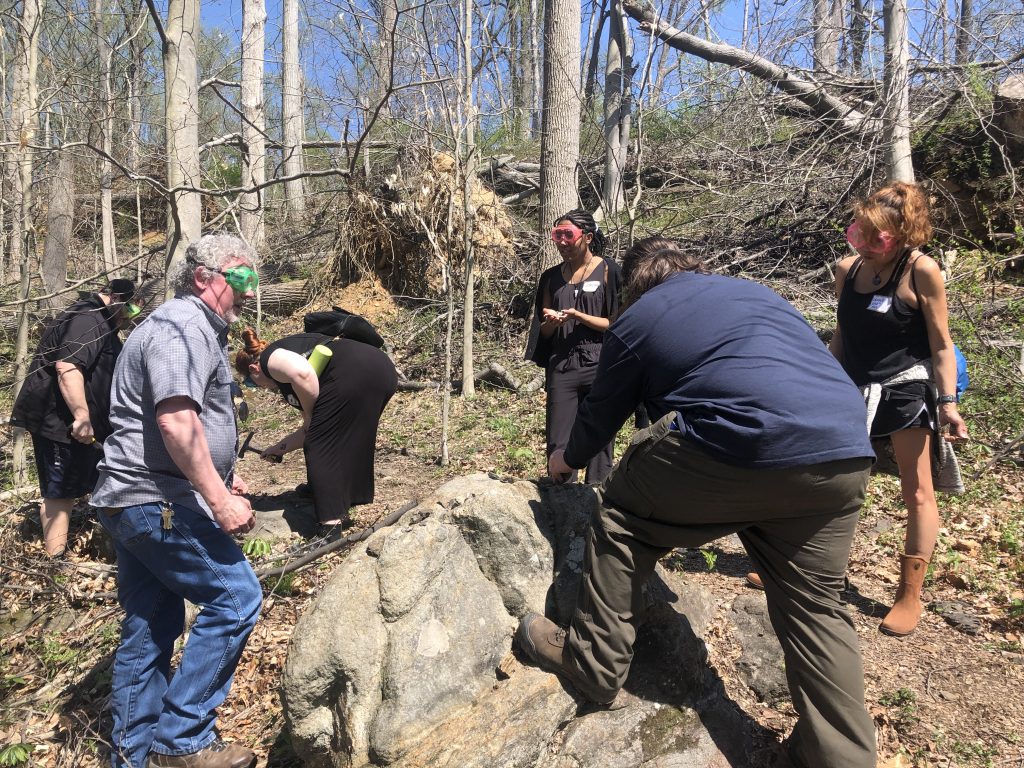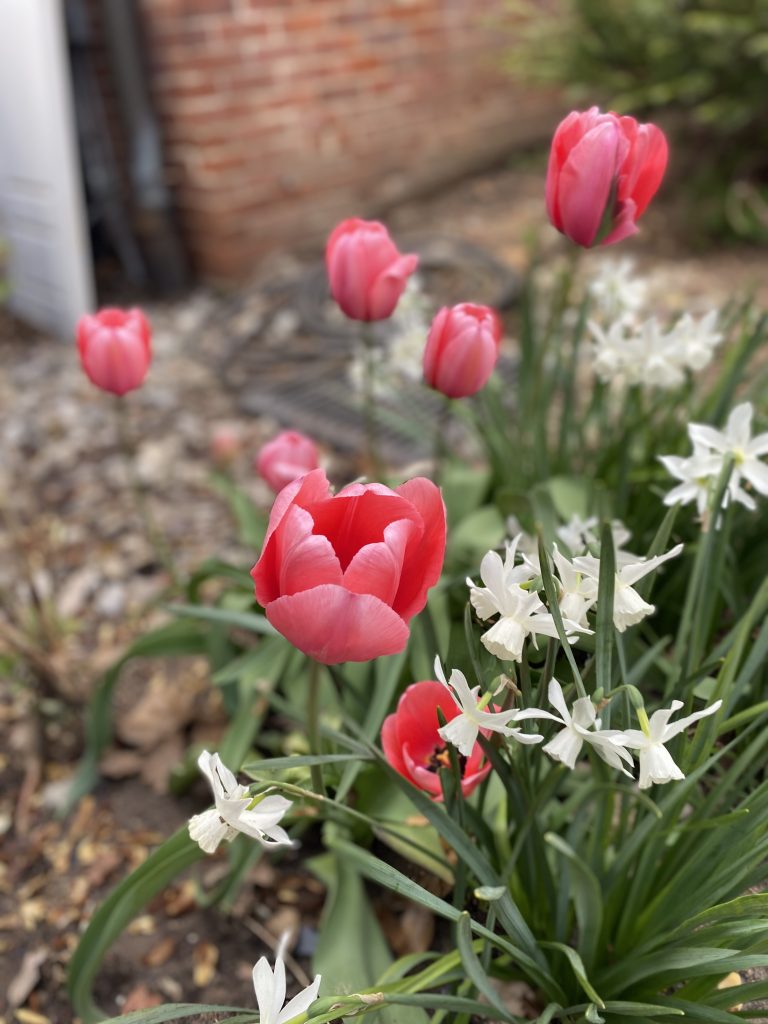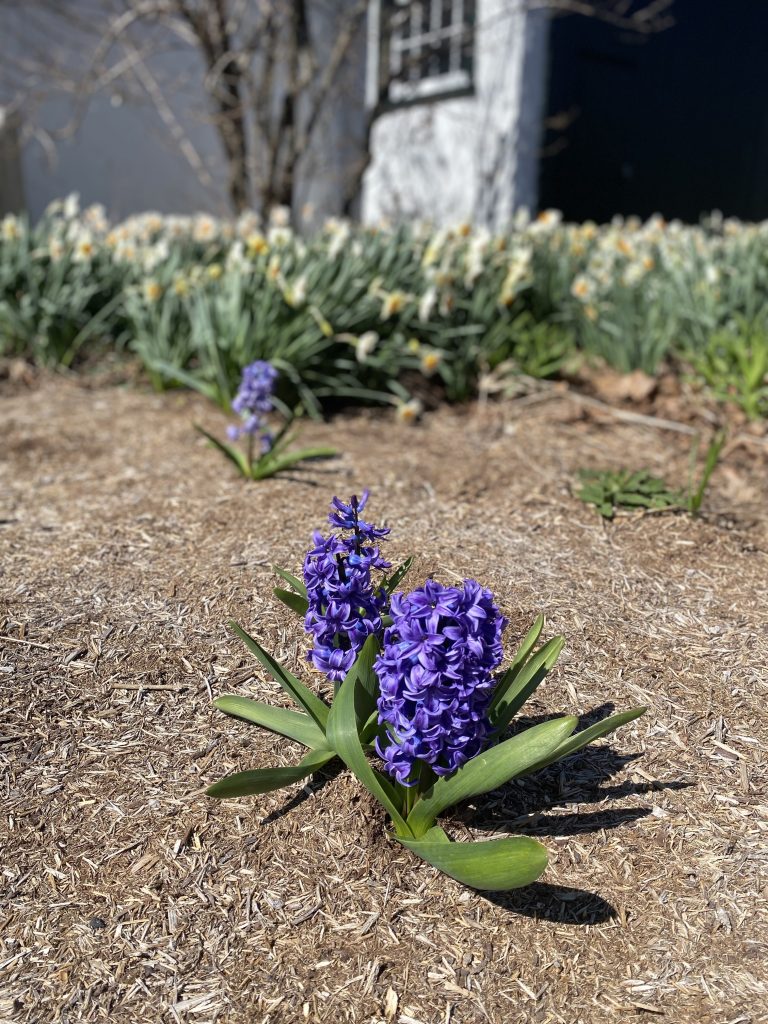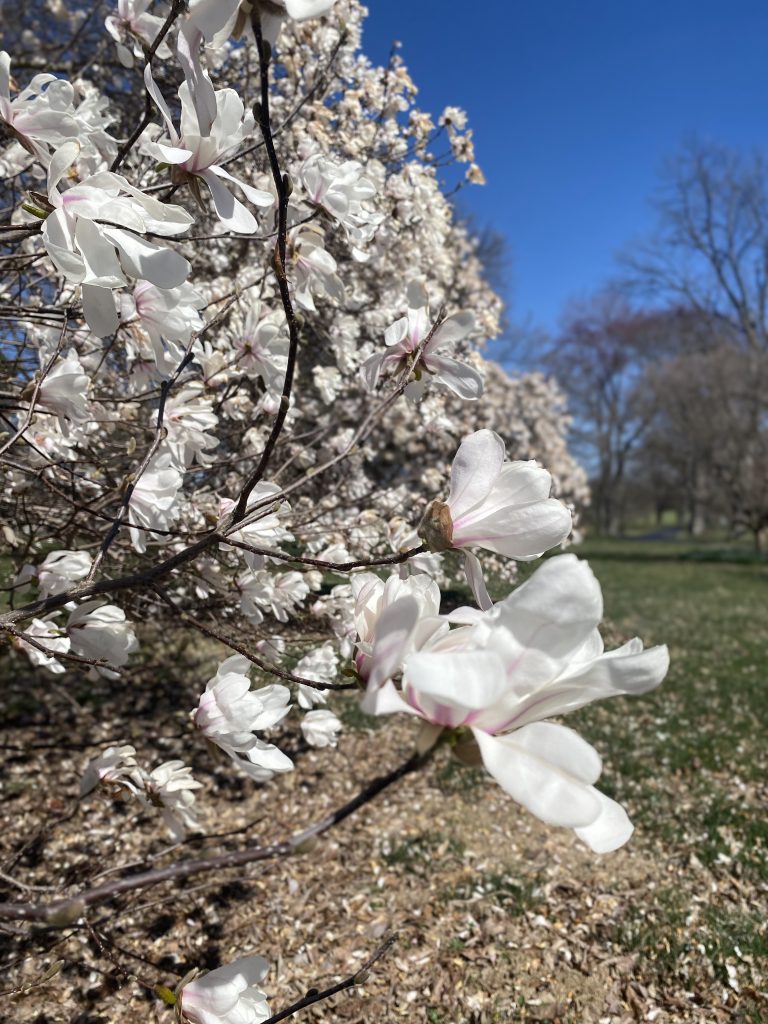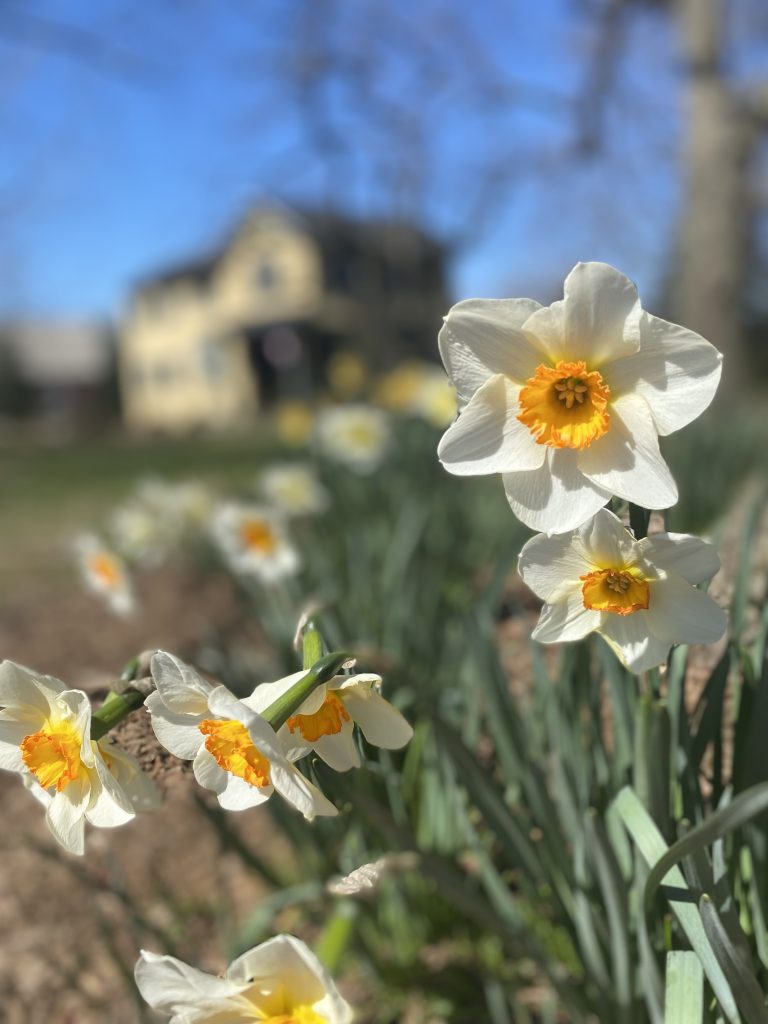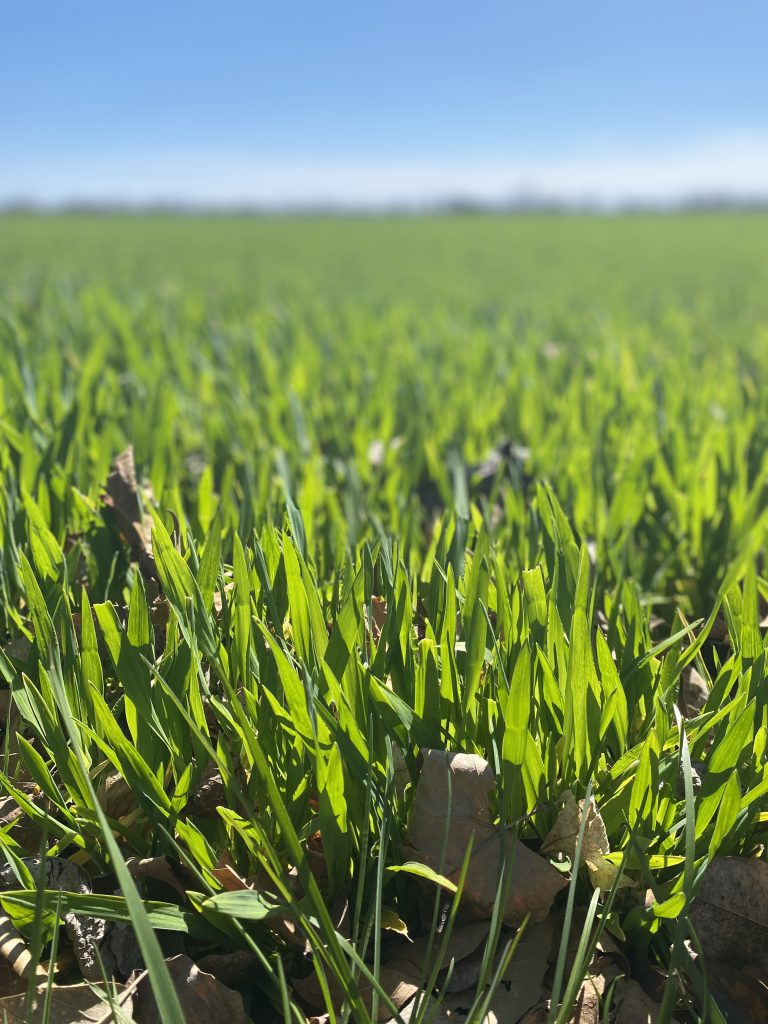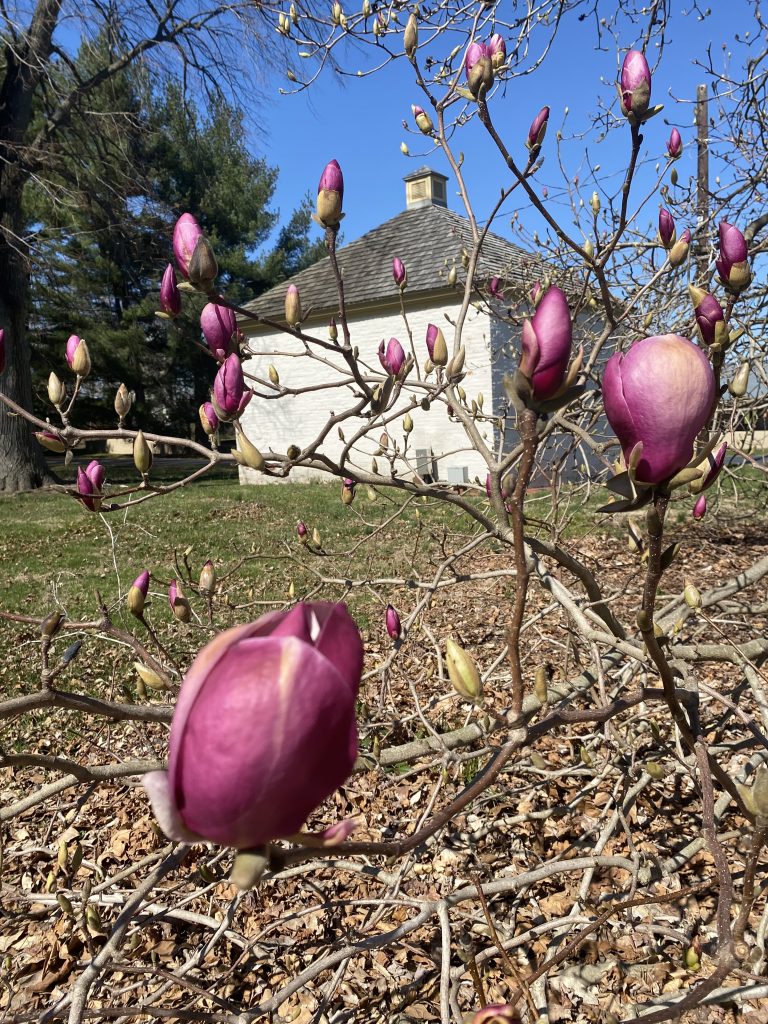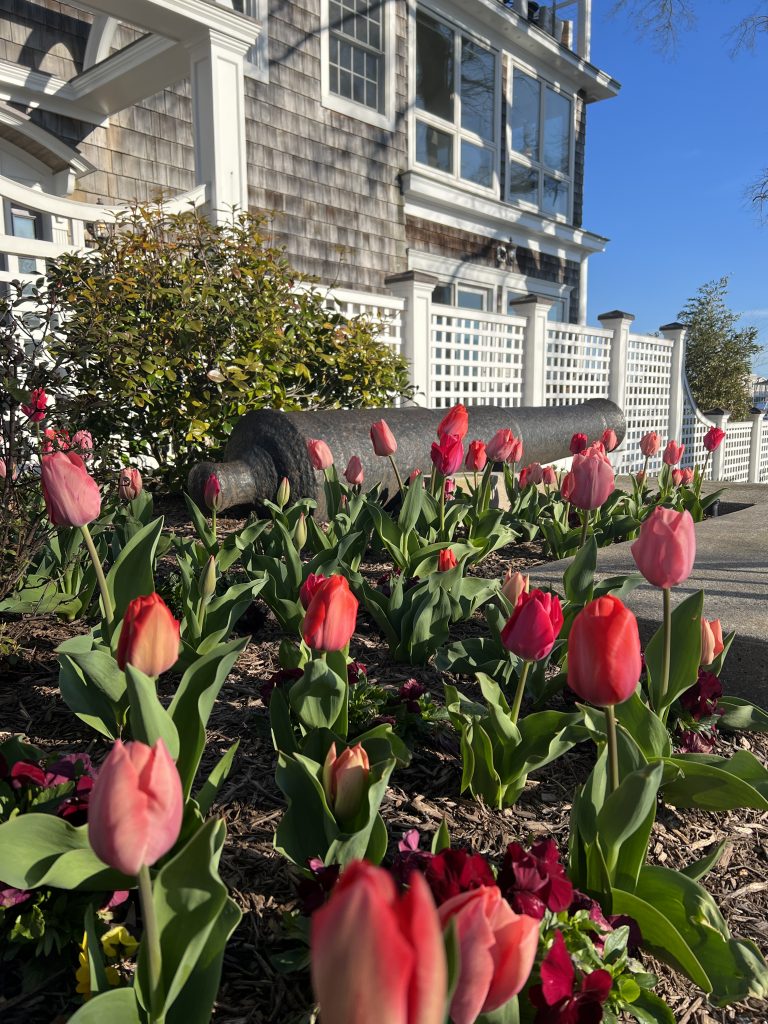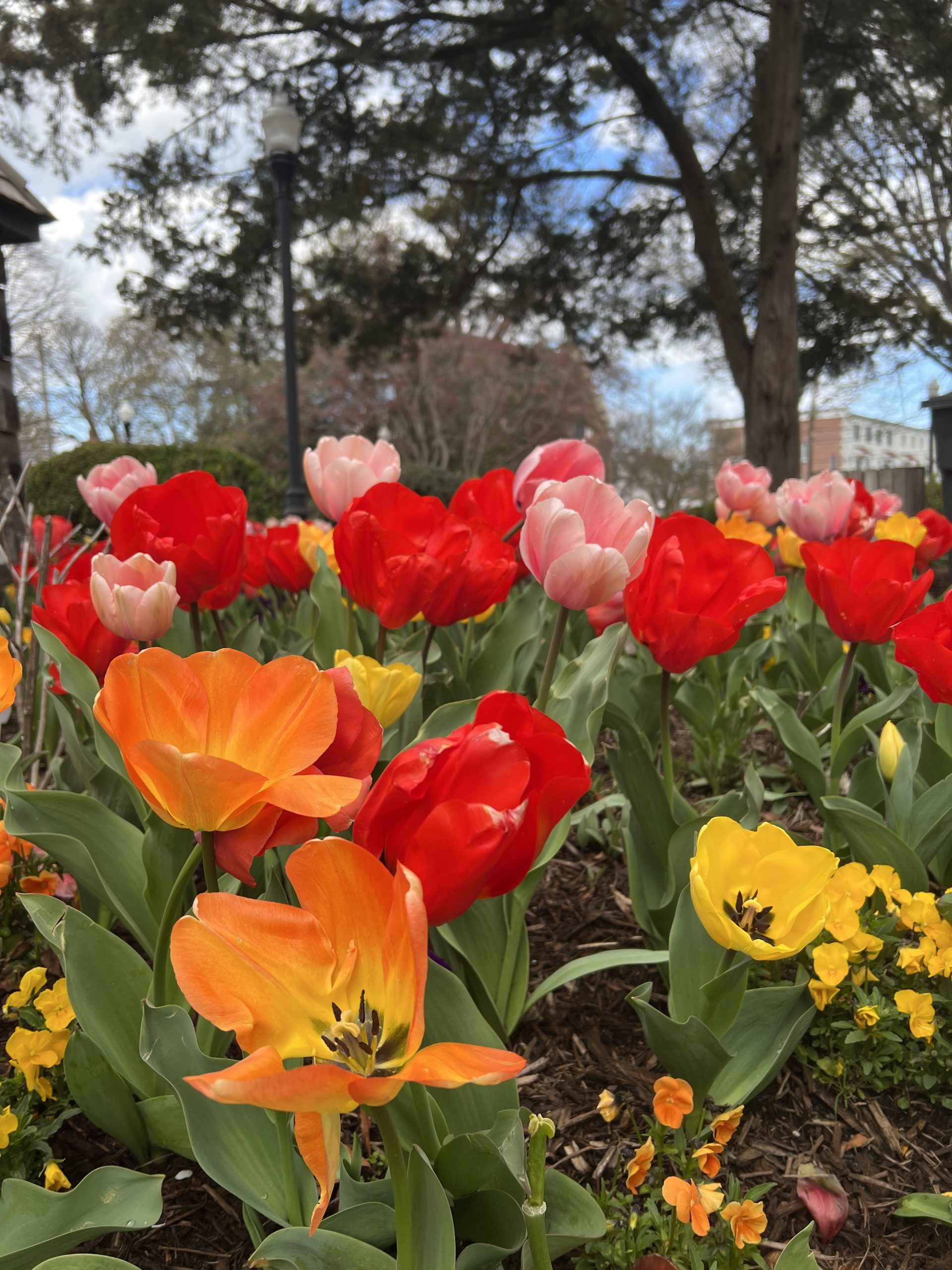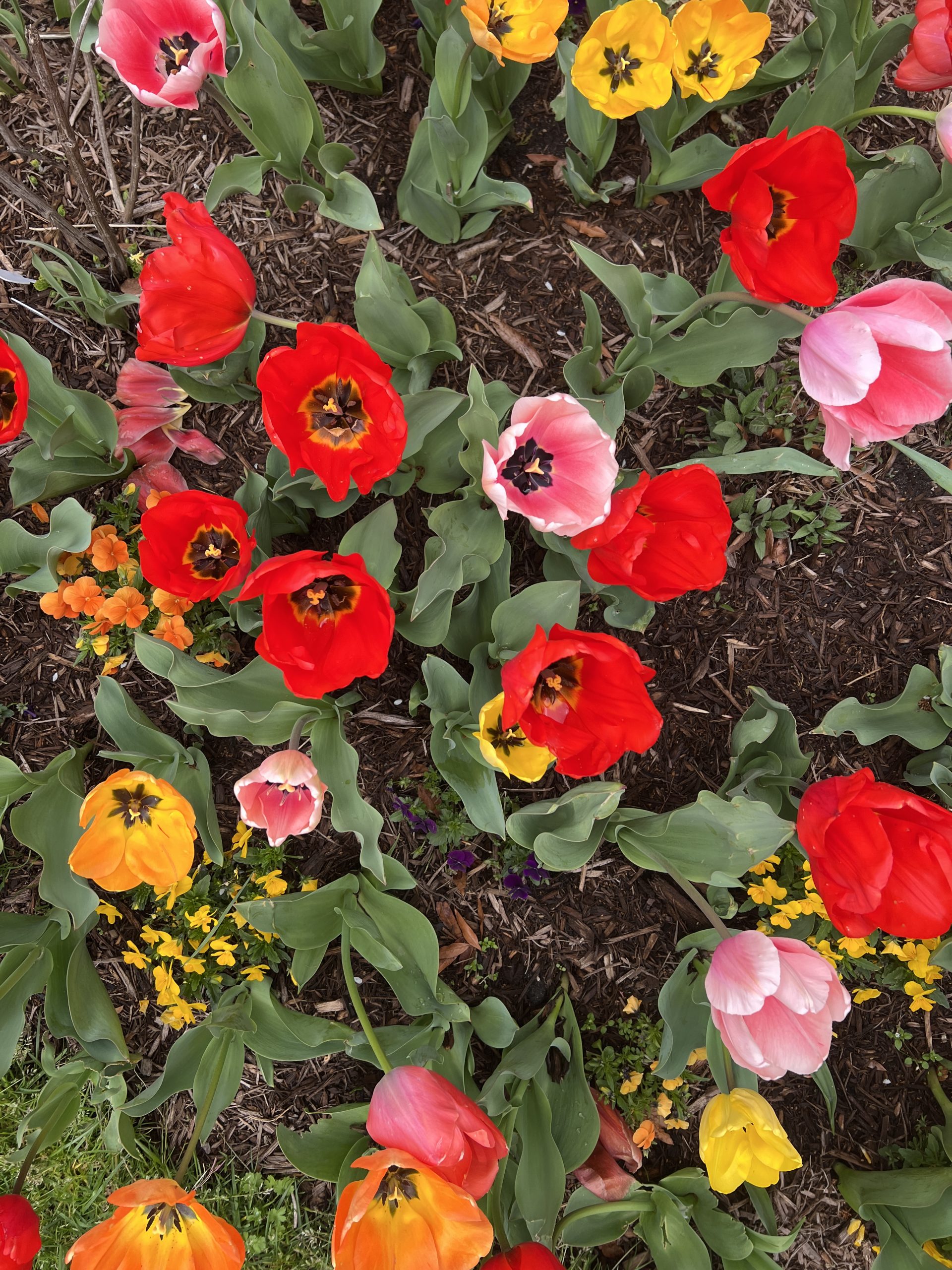Shades of Spring 2024 across First State historic sites
More than a month into the official start of Spring 2024, historic sites across the state have embraced the varied colors and sights of the season, from native planting projects taking root in northern Delaware to thousands of tulips blooming along the Lewes coast.
This April, HCA staff joined the Delaware Nature Society in celebrating spring. For some, that included a tour of Coverdale Farm Preserve. Check out the photos below!
Check out the gallery below to see some of this year’s blooms at the Division of Historical and Cultural Affairs (HCA) properties, including historic Buena Vista in New Castle County:

At Buena Vista, the historic agricultural landscape is embraced. “Bountiful Harvest” signage explains the site’s historic links to farming, including some of the state’s most important crops:
“Starting in 1845 when John Clayton purchased the property, he spent much of his energy reviving the overworked agricultural lands around his homestead. The land in New Castle County Delaware is particularly well suited for agricultural pursuits. Delaware’s location between several major metropolitan areas such as Philadelphia, Baltimore and New York allowed Delaware farmers to produce goods for these growing urban centers.”
In southern Delaware, this year’s annual blooming of thousands of tulips in Lewes was accompanied by the work of the Sussex Gardeners, dedicated volunteers at HCA’s Zwaanendael Museum.
For the full reading from Wayside 2 – Bountiful Harvest: Agriculture at Buena Vista:
Buena Vista throughout its history has maintained an agricultural landscape which still functions as a working farm today. Starting in the 1845 when John Clayton purchased the property, he spent much of his energy reviving the overworked agricultural lands around his homestead. The land in New Castle County Delaware is particularly well suited for agricultural pursuits. Delaware’s location between several major metropolitan areas such as Philadelphia, Baltimore and New York allowed Delaware farmers to produce goods for these growing urban centers. Crops produced at Buena Vista during the mid to late nineteenth century include wheat, corn, oats, potatoes, apples and peaches. These types of crops were very common of Delaware agriculture at the time. Peaches in particular became popular in the late nineteenth century as the demand for fresh fruits and vegetables came from urban markets and Delaware farmers sought for a way to diversify their crops as western states became major producers in grain. The 1851 survey map of Buena Vista indicates the presence of a peach orchard northwest of the main house. The orchard is no longer present and today a grass meadow stands in its former location. The 1851 map indicates several other agricultural buildings on Clayton’s property including a barns, three dwelling houses, a hog lot, a garden and at least seven small outbuildings. This industrious farm totaled 355 acres of improved land; more than double the average size of a farm in Delaware and triple the size of other farms in New Castle County according to the 1850 agricultural census. The value of the farm at this time was $35,000, making it one of the more profitable farms in New Castle County.
Later generations of Buena Vista residents carried on the agricultural tradition that Clayton began. Clayton’s nephew James Douglass would carry on his uncle agricultural pursuits after he purchases the property in 1853. Douglass continues his uncle’s successes and maintains many of the same crops and enjoyed spending time conducting agricultural experiments. The vast variety of crops grown on the farm, and the significant number of livestock allowed for the complex to be self-sustaining. This meant that the crops and livestock that were cultivated on the farm could support the workers and families who resided on the estate. Many of the grain crops grown would become feed for livestock, which in turn would be consumed by the families on the property. Larger quantities of crops like wheat could also be sold at local markets.
During the 1960s when Governor C. Douglass Buck owned the property, Buena Vista had a profitable dairy business. Phil Proud, a tenant farmer at Buena Vista since the 1970s remembers the dairy barn and pole shed on the property. Dairy production became very popular in Delaware agriculture during the late nineteenth and early twentieth century. The first Guernsey Cow to ever produce over 100,000 pounds of milk in a year was born and raised at Buena Vista. The grain silo from the barn is still present and the pole shed has been converted into an outdoor pavilion. Today Buena Vista still functions as an agricultural landscape and produces corn, soybeans and wheat. As opposed to earlier farm activities of self-sustenance, the crops grown at Buena Vista today are primarily used as feed for the chicken industry in Sussex County Delaware. The continued success of Buena Vista as an agricultural landscape can be credited to generations of dedicated agriculturalists like Clayton, Douglass and Buck who continually adapted their processes to meet the changing climate of Delaware agriculture.



